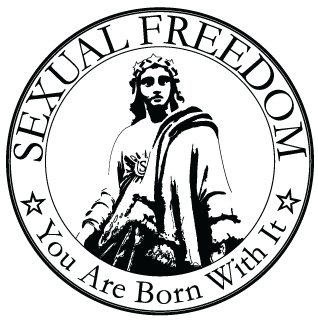polyamory
-
The Sexual Freedom Project: Discussing Polyamory
•
2 min read
[pexyoutube pex_attr_src=”http://www.youtube.com/watch?v=JZ_6-tJOl94″ pex_attr_width=”500″][/pexyoutube] Polyamory, loving more than one partner, is finally getting the exposure it needs in the media and elsewhere. These are natural relationships based on shared values and deserve just as much respect as any other relationship. This may not be your cup of tea but that doesn’t mean you are incapable of…
-
What is Family?
•
3 min read
(Tabién en español) A particularly important idea that really answers the question, “What is family?” is that a family is what we make it. Yes, the nuclear family with a mother, father, and two children may sill be considered the norm, but in reality, non-traditional families are a rising majority. a subject that I began…
-
Love Poly Style
•
3 min read
This video comes to us from Newsweek, and is called “POLYAMORY: Making Poly Love Work.” For anyone not familiar with the term polyamory (from Greek πολύ [poly, meaning many or several] and Latin amor [love]), Wikipedia defines it as “the practice, desire, or acceptance of having more than one intimate relationship at a time with the knowledge and…
